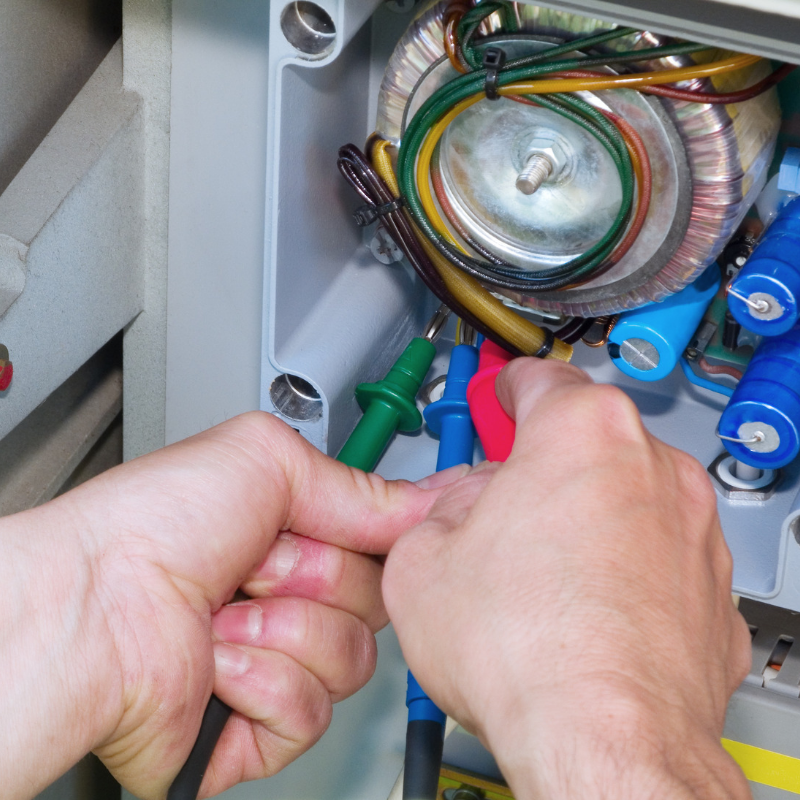Blog
Stop the Shock: Periodic Electrical Inspections Explained

In the same way your car needs servicing to maintain its optimal performance, so too does your building’s electrical installations. As with anything, regular use and age deteriorate key components and this wear and tear can eventually develop into a much more serious problem. Periodic Electrical Inspections ensure that your installations are operating in a safe condition and are fit for continued use.
Undertaking a professional inspection will:
- Find any potential electric shock risks and fire hazards
- Identify any defective electrical work
- Highlight any lack of earthing or bonding
- Test wiring and fixed electrical equipment to check that they are safe (A schedule of circuits is also provided, which is invaluable for a property)
- Reveal if any of your electrical circuits or equipment are overloaded
How often is a periodic inspection required?
Your electrics should be inspected and tested every:
· 10 years for an owner-occupied home.
· 5 years for a rented home.
· 3 years for a caravan
· 1 year for a swimming pool.
You should also conduct an inspection when:
· A property is being prepared for letting.
· Before selling a property or buying a previously-occupied property.
Who should carry out the inspection and what happens?
Electricians and trained professionals should be the only persons carrying out periodic inspections. They have the knowledge and skills to check the conditions of the equipment against the UK standard for the safety of electrical installations and ensure the safety of the components.
During an inspection, the professional checks:
- The suitability of the switchgear and control gear. For example, an old fuse box with a wooden back, cast-iron switches or a mixture of both will need replacing.
- The adequacy of earthing and bonding.
- The serviceability of switches, sockets and lighting fittings. Items that may need replacing include:older round-pin sockets, round light switches, cables with fabric coating hanging from ceiling roses to light fittings, black switches and sockets mounted in skirting boards.
- The type of wiring system and its condition. For example, cables coated in black rubber were phased out in the 1960s. Likewise cables coated in lead or fabric are even older and may need replacing (modern cables use longer-lasting pvc insulation).
- The presence of adequate identification and notices.
- Sockets that may be used to supply portable electrical equipment for use outdoors, making sure they are protected by a suitable residual current device (RCD).
- The extent of any wear and tear, damage or other deterioration.
- Any changes in the use of the premises that have led to, or may lead to, unsafe conditions.
After the inspection is complete, the professional will issue an Electrical Installation Condition Report detailing any observed damage, deterioration, defects, dangerous conditions and any non-compliances with the present-day safety standard that might give rise to danger.
If anything dangerous or potentially dangerous is found, the overall condition of the electrical installation will be declared to be 'unsatisfactory', meaning that remedial action is required without delay to remove the risks to those in the premises.
During a Karsons audit we make sure to check that periodic electrical inspections are being held within current regulations. Contact us today to find out more about our thorough inspections and how we make sure your building services are within compliance and safe for your staff and clients.





